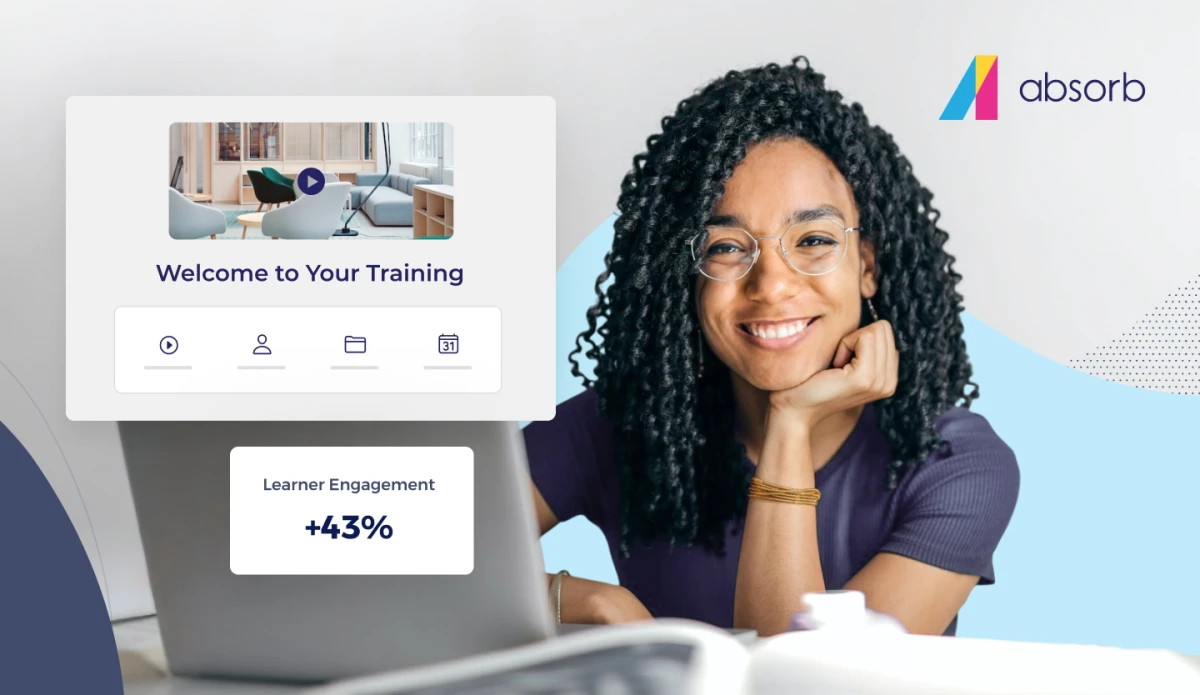News organizations and HR experts are not always in agreement on where the modern workplace is headed, but most do believe in one thing: a major skills gap is on the horizon. According to a report by consulting firm Korn Ferry, demand for skilled workers will surpass supply by 2030, leading to a global talent shortage of more than 85.2 million people. As a proactive leader, you've already taken a significant step toward shoring up your organization's current talent pool by conducting an internal skills gap analysis. But what do you do now that you have the results?
The findings of your analysis can help identify learning and development opportunities to assist in achieving organizational goals. Here are three examples of how you can use L&D to fill skills gaps.
1. Develop your LMS curriculum
The first step in developing the right LMS curriculum is gaining an understanding of what the company aims to achieve and the skills gaps that are holding you back. When making this initial assessment, however, be sure you're not just looking at general gaps in knowledge and skills. Instead, focus on where employees are lacking in the required or desired skills for their individual jobs, so that you're able to develop them in the ways most relevant for their roles. For example, proficiency in the use of mobile applications is critical to salespeople who need to complete deals on the road, but less so for customer service representatives who spend most of their time at their desks.
Meeting with managers can also provide insight into their teams' current performance and identify opportunities for improvement.
When you have the right inputs for your curriculum, don't forget to weigh the different formats for course delivery, and how your employees learn best. Strike a balance between visual, contextual and mobile learning to match the needs of your users.
2. Establish a mentorship program
Mentorships have been shown to improve retention. A study by Deloitte found that millennials who plan to stay with their employer for more than five years were twice as likely to have a mentor. Consider setting up a mentorship program to support the skills development of your employees. When you pair a new employee with an experienced member of your team, the veteran worker can transfer role-specific skills and organizational knowledge. When the mentee has the greater context for how their job fits into the company's mission, they can properly apply their new skills.
Mentoring relationships are also a great tool for improving soft skills. Investing time into developing better verbal and written communication abilities will pay dividends by establishing trust and understanding between team members, as well as employees and customers. Any employee who wishes to lead also needs to be able to resolve conflicts and speak with authority. A mentor can provide guidance in these areas, including coaching their peer in elements, such as body language.
3. Create a path to certifications and credentials
Closing the skills gap requires employee engagement and devotion to long-term development. You can support both of these things by offering goal-oriented training, such as technical certifications or credentials issued by a third party. Providing workers with a way to show their mastery over their job or demonstrate growth by tackling a particular skill set not only boosts their standing and your company's reputation, it shows them that you care about their future. Completion of these journeys can be measured as goals ahead of performance reviews.
Now that you have some first steps to take after conducting a skills gap analysis, be sure to measure how your L&D efforts bridge those gaps over the course of the next year. Progress will vary for some competencies based on the level of difficulty, so establish KPIs to track specific goals. If your analysis found a significant problem with proficiency in one area—such as facility with technology—lean on your leaders in that area to analyze what new roadblocks may emerge before conducting another assessment. Targeting your training in focused ways—while measuring progress against benchmarks—will get you on a sound path to successfully addressing gaps in organizational skills.





